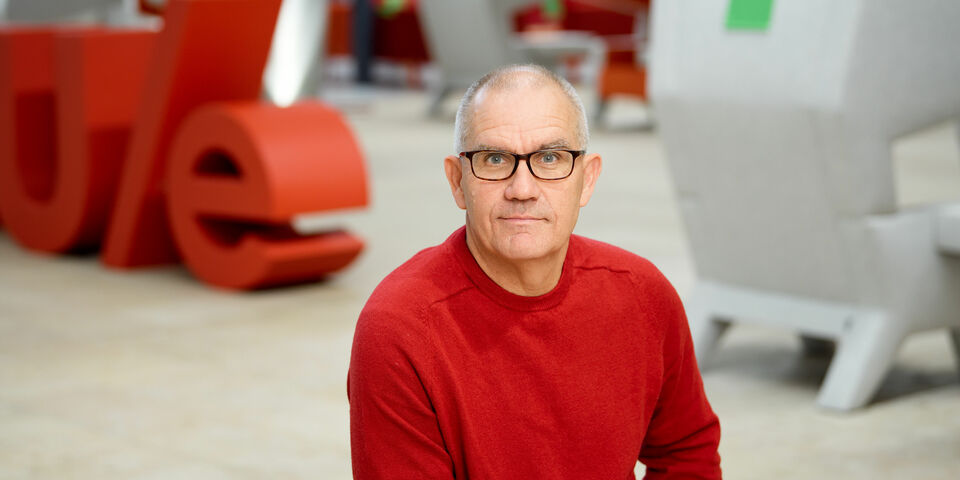Tentative restart
Now that the age of corona seems to be a thing of the past after about two years (knock on wood!), it has become apparent that students, lecturers and members of the university’s support staff still need some time adjusting to normal. Students are in doubt as to whether they should physically attend or stream lectures, and staff members are slowly leaving their bubble working from home.
What seemed so normal not that long ago – daily contact with colleagues, fellow students or lecturers – now has become a tentative search for how to come to terms with the new situation. During yesterday’s University Council meeting, for example, the council requested that the Executive Board publicly express its vision on the current offer of the various hybrid forms of education. That would take away the confusion among students and lecturers. Rector Frank Baaijens reiterated his previous statement that TU/e is an on-campus university. But he also said that he could imagine that some courses are best taught online at this point. A workgroup is looking into it, he said.
A professor told me a story last week that I believe is in line with this example. Before the pandemic, his group and a group from a different department had started to organize physical meetings during which people gave presentations about their research, hoping that this might lead to collaboration. The idea was that it is easier for people to collaborate when they actually see each other. But these meetings too had to be held online due to the pandemic. When it recently became possible to meet in-person again, the decision was made to also stream these meetings for those who were unable to attend for whatever reason. The professor was very surprised to learn that a couple of researchers were attending the meeting online from a departmental building located just three hundred meters away. That’s not how it’s supposed to be, but two years of working online can lead to a strange situation like this one.
People on the support staff tell me that they too sometimes have a hard time finding the right balance. How many days do I work on campus, how many days from home? The University Council brought up a problem yesterday that staff members who return to campus are faced with: a shortage of meeting rooms. Many of these rooms have been converted into workplaces for OGO projects, the council said, and are no longer available for meetings. There you are, back on campus but still meeting via Teams.
Happily, the hustle and bustle of campus life has returned on the benches and grass fields outside. Especially when the weather is nice. Students and staff members have found each other again at picknick tables during lunchtime and talk about the weekend, engage in discussions, or work on a group assignment out in the sun. Scientists working in the buildings on campus will once again get frustrated by the student associations and their noisy outdoor parties, which started just a bit too soon.
Eventually we will all find our feet again, and it will take some people longer than others. But let’s not forget about the youngest generation of students who had to cope with an overload of online education while sitting at home. Han van Krieken, rector at Radboud University, said on Radio1 yesterday that many of today’s second-year students aren’t that different from high school students. This group in particular largely missed out on the transition to student life because they were forced to stay at home. They still live with their parents, their Intro was far from ideal, they hardly know their way around campus, and the same is true for their peers. You need to keep an extra eye out for that group, Van Krieken says. That sounds like wise advice to me.


Discussion